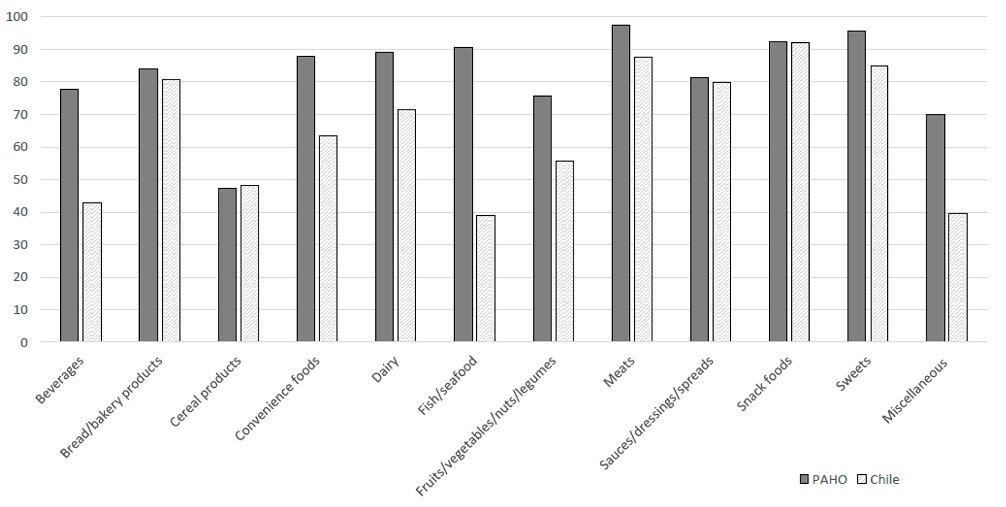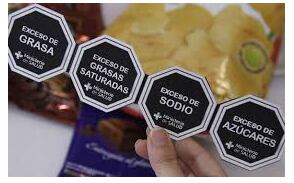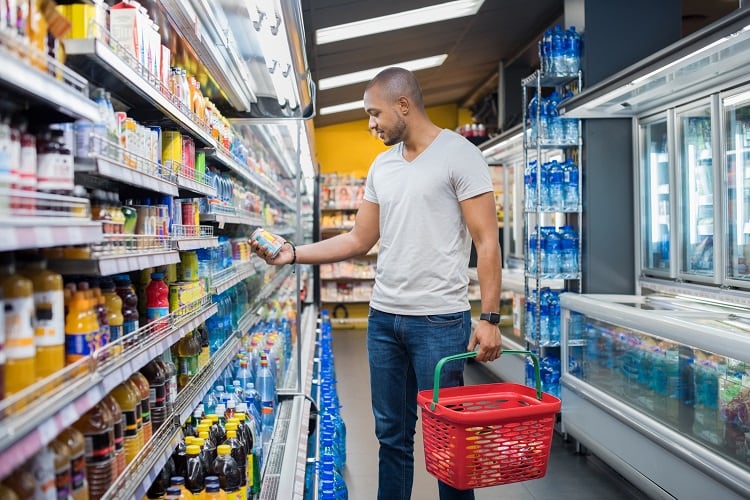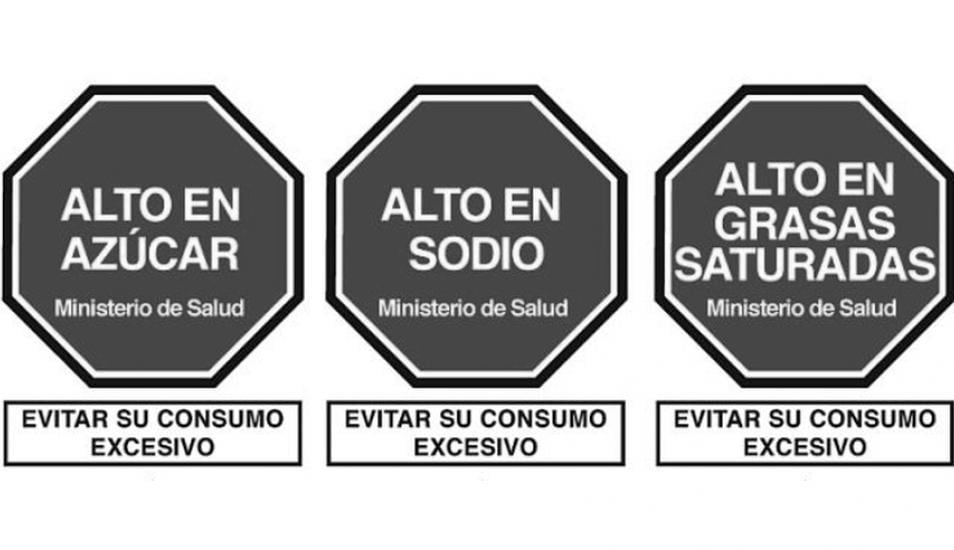Led by scientists from the Universidad Nacional de Colombia in Bogotá, the study found that as many of 80% of the packaged food and beverage products assessed exceeded the nutrient criteria for sugar, added salt/sodium, added saturated fat or non-nutritive sweeteners based on the Pan American Health Organization (PAHO) nutrition profile model.
The number dropped to just over 66% when the researchers evaluated the products according to the nutrient profile established under the Chilean food labeling and advertising law, but both models show that a majority of the packaged foods assessed would be eligible to receive front-of-package warning labels.
“These results suggest that a warning label regulation that applies these nutrient thresholds could have a significant impact on the Colombian food supply, as well as the foods and beverages which the Colombian population purchases and consumes,” wrote the scientists in the journal Nutrients.
Warning labels
Nutritional labeling is a hot topic across Latin America with some countries like Chile introducing black warning signs, and other countries like Ecuador pursing a traffic light system.
According to background information in the article, the Colombia government is currently considering a bill to implement front-of-package (FOP) warning labels on packaged foods and beverages.
“However, to our knowledge, no detailed studies have been conducted to provide information on the proportion of products in the Colombian food supply that would be regulated under various FOP systems,” explained the authors.
For their study, the researchers analyzed the nutrition profiles of over 6,700 foods available at 16 of the largest supermarkets across Bogotá.
Modeling the data using criteria from PAHO and Chile revealed that 80.2% and 66.4%, respectively, met the regulation criteria because of the excess of critical nutrients which are recommend for limited consumption.

“These results are similar to several studies conducted in Mexico and Honduras,” wrote the researchers. “Consequentially, this suggests that if a FOP warning label system similar to that of Chile, Peru, or Uruguay was to be implemented in Colombia, then the majority of packaged products should receive at least one FOP warning label.”
Source: Nutrients
2019, 11(5), 1011; doi: 10.3390/nu11051011
“Nutrition Quality of Packaged Foods in Bogotá, Colombia: A Comparison of Two Nutrient Profile Models”
Authors: M. Mora-Plazas, et al.





